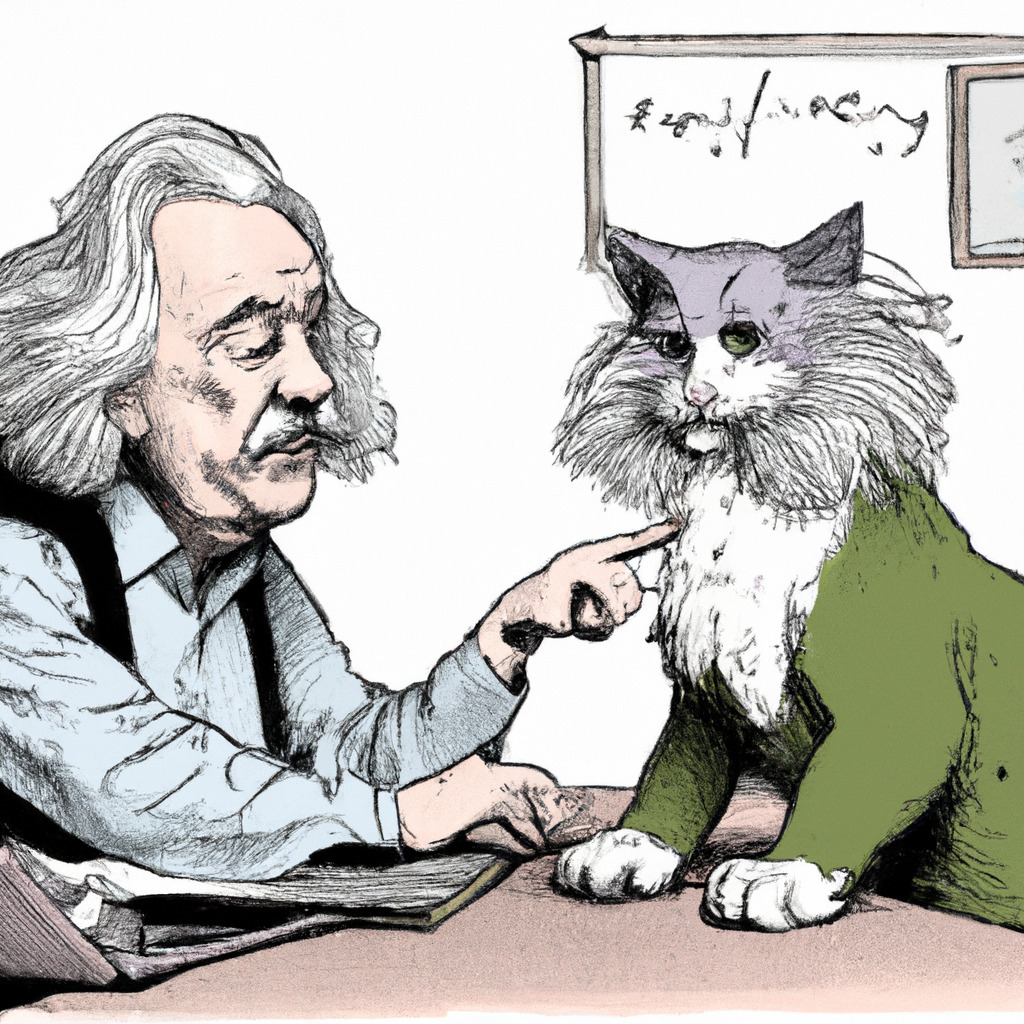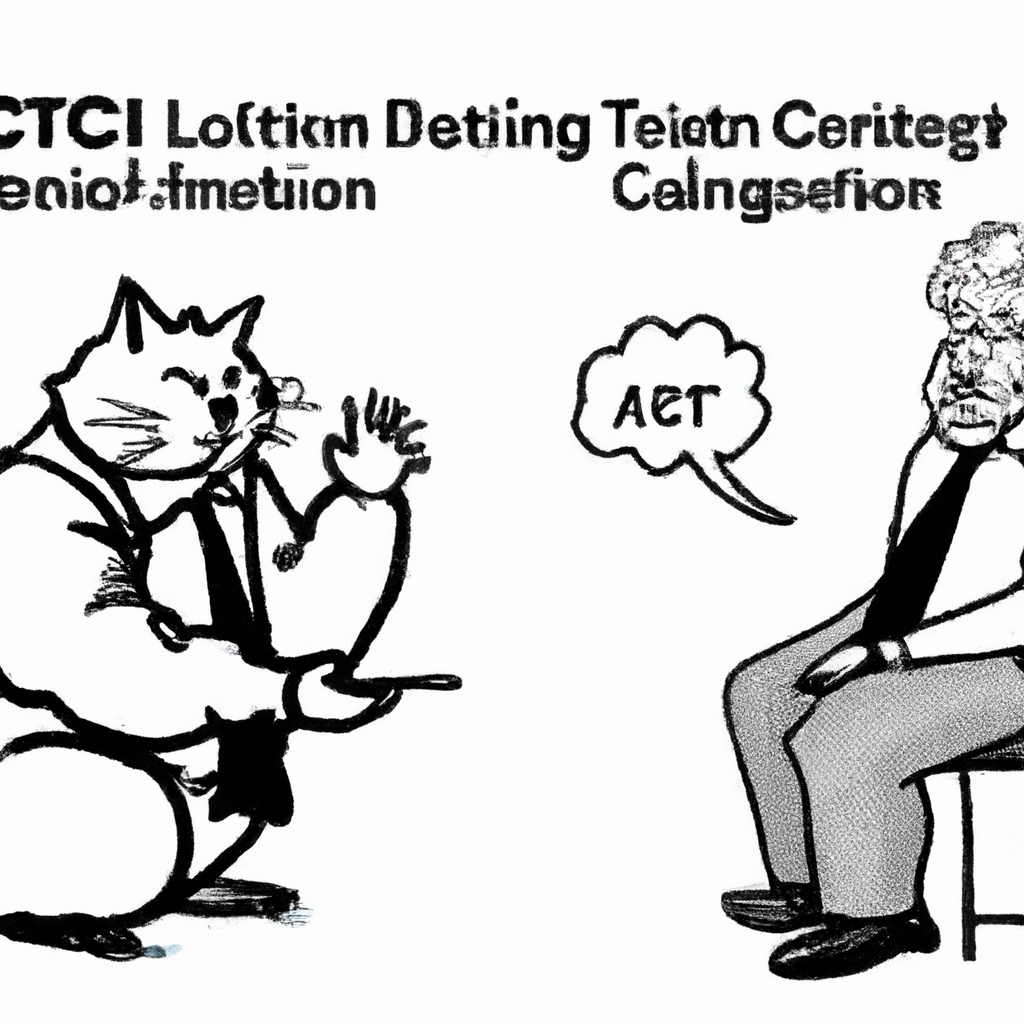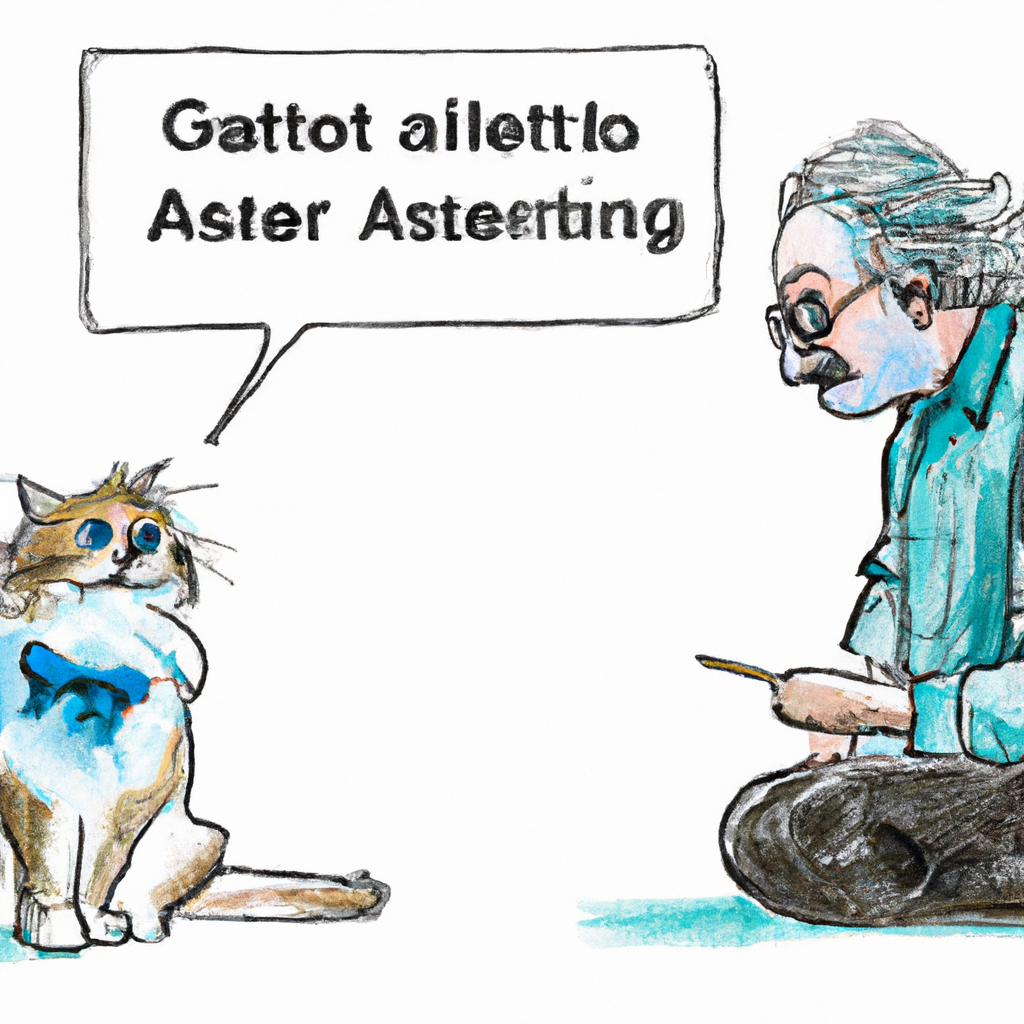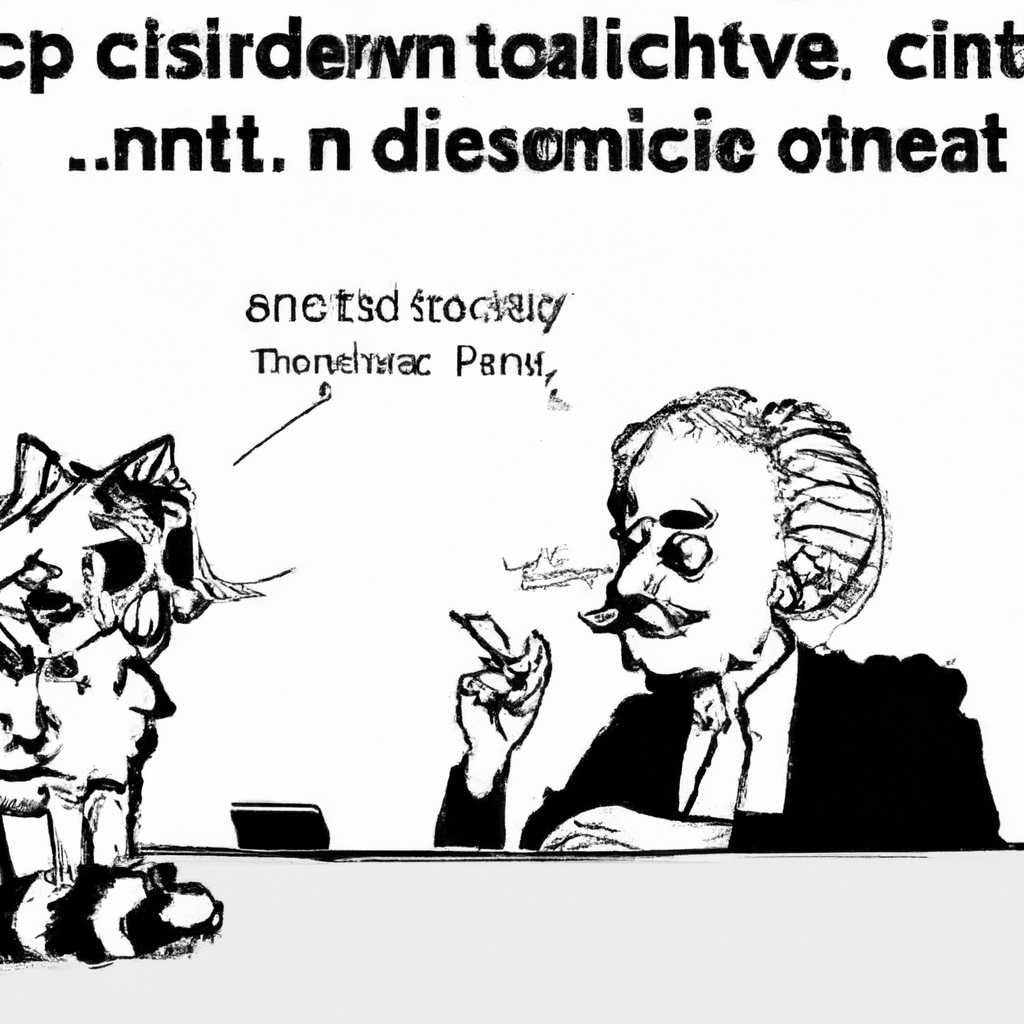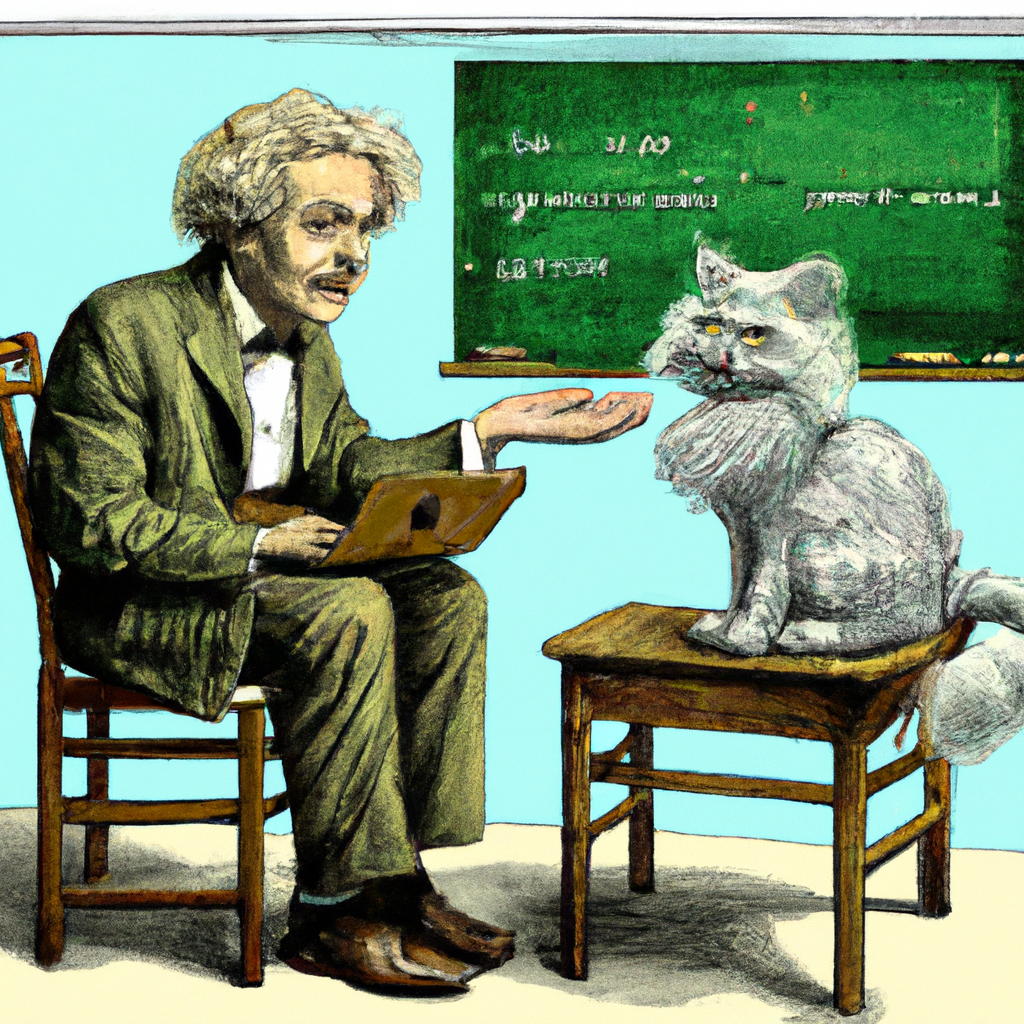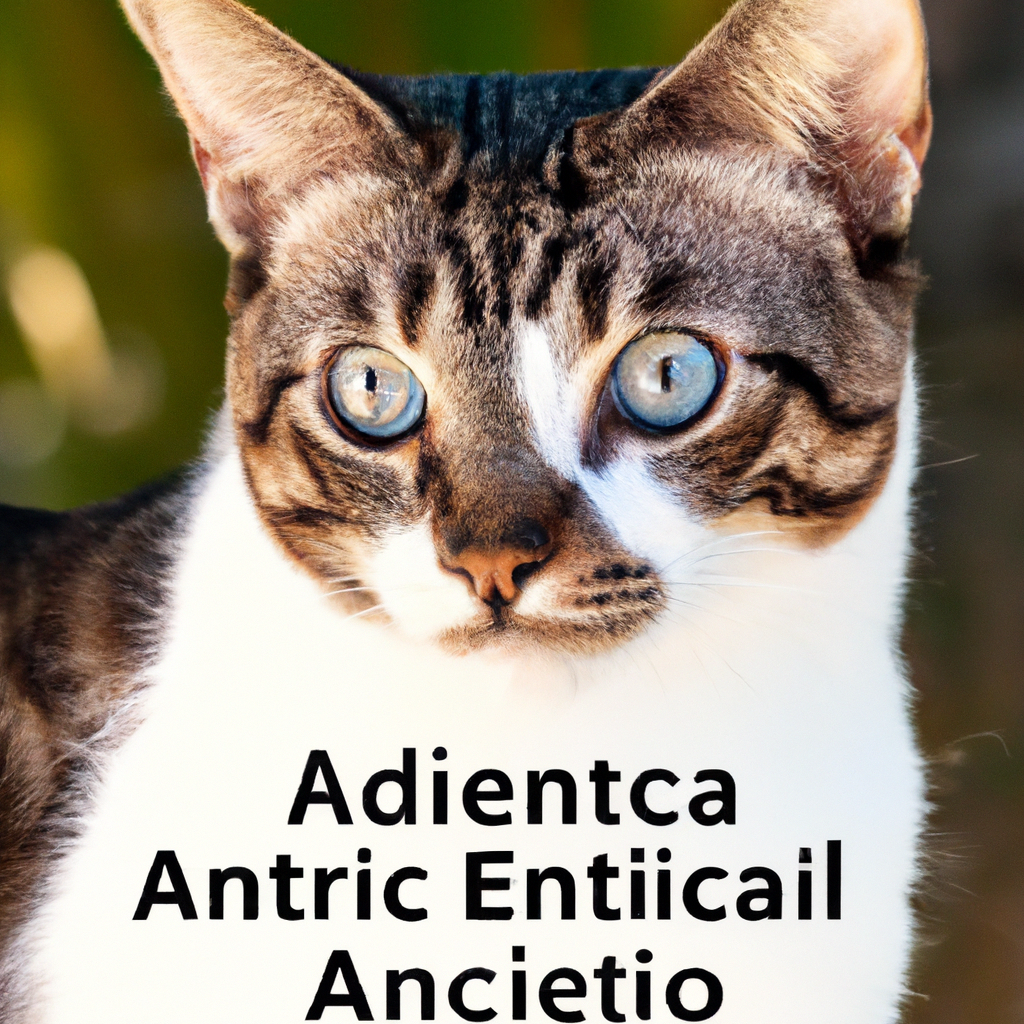
Title: Getting Started with Artificial Intelligence: A Beginner’s Guide
Artificial intelligence (AI) continues to revolutionize various industries, from healthcare and education to entertainment and e-commerce. This technology has the potential to automate tasks, analyze big data sets, predict trends, and even mimic human decision-making processes. However, for beginners stepping into the world of AI can be quite daunting due its complexity. Therefore this article aims at simplifying key aspects of AI that a new user needs to understand.
**Understanding Artificial Intelligence**
At its core, artificial intelligence refers to machines or software mimicking cognitive functions associated with humans such as learning from experiences or problem solving. It is further divided into two main types; narrow AI which is designed for specific tasks like voice recognition systems or recommendation algorithms used by Netflix; and general AI which possess wide-ranging capabilities similar to human intellect but it remains largely theoretical.
**Programming Languages for AI**
There are several programming languages suitable for developing artificial intelligence technologies such as Python known for simplicity in syntax making it ideal for beginners; Java appreciated due its platform independency feature allowing developers run programs on any device using Java Virtual Machine (JVM); Lisp & Prolog traditionally used in development of early stage artificial intelligent systems while R language comes handy when working on statistical computing projects.
To get started coding an example project using Python could look like:
“`python
# Import libraries
from sklearn import datasets
from sklearn.model_selection import train_test_split
# Load dataset
iris = datasets.load_iris()
# Split data set
X_train,X_test,y_train,y_test=train_test_split(iris.data,
iris.target,test_size=0.2)
# Implement classifier
clf.fit(X_train,y_train)
“`
This simple code loads a dataset then splits it so one part will be used later testing accuracy after implementing classifier algorithm on training set.
**Machine Learning vs Deep Learning**
Two critical subsets within the field of AI are machine learning and deep learning. Machine Learning (ML) is a type of AI that allows computers to learn from data without being explicitly programmed. For example, recommendation systems in online shopping platforms use ML algorithms to analyze past purchases and suggest similar products.
Deep Learning (DL), on the other hand, is an advanced subset of ML where artificial neural networks with multiple layers train themselves using computing power and massive datasets for complex problem solving such as image or speech recognition tasks.
**Ethics in Artificial Intelligence**
While exploring potentials of AI it’s crucial understanding ethical implications associated with its usage. Issues like privacy invasion due to extensive data collection techniques used by companies for improving their AIs or potential job loss caused by automation should be addressed responsibly while developing these technologies.
**Future Prospects**
AI’s future seems promising considering advancements made so far along increasing number investments poured into this sector globally making it one among hottest fields currently around world which means there will be plenty opportunities beginners entering this field today but constant upskilling required keep pace evolving nature technology itself.
In conclusion, stepping into the realm of artificial intelligence can seem challenging initially due its vastness complexity however once basics understood further exploration becomes quite fascinating opening doors towards plethora innovative possibilities limited only by imagination creativity developer himself/herself.
Artificial Intelligence (AI) is widely used in the healthcare industry. For example, AI algorithms are developed to analyze various types of medical data such as electronic health records, imaging data, genetic information and even lifestyle information. These algorithms can help doctors make more accurate diagnoses or predict disease progression.
One specific application could be in radiology where AI systems are trained to detect abnormalities like tumors on CT scans or MRI images. The system learns from thousands of annotated images where human experts have marked the diseases present. By learning patterns associated with different conditions, it can then identify these features on new images and alert physicians about potential issues that may need further investigation.
This use of AI not only increases efficiency by reducing manual workload for radiologists but also improves patient outcomes by enabling early detection and treatment of illnesses which might otherwise go unnoticed until they become severe or unmanageable.
Here’s a Story About Gato Rico
Once upon a time in the luxurious town of Purrington, there lived an opulent feline by the name of Gato Rico. Now, this wasn’t your ordinary cat; he was known far and wide for his vast wealth and high-tech gadgets. His fur shone brighter than gold, his collar studded with diamonds that would make any human green with envy.
Gato Rico had everything a cat could dream about: silk-lined litter boxes, bowls overflowing with organic salmon pate and even an army of robotic mice to chase around whenever boredom struck him.
One sunny afternoon while lounging on his diamond-encrusted scratching post (yes! He owned one), Gato stumbled upon something peculiar on Catnet – Artificial Intelligence or AI as it was commonly referred to among tech-savvy cats. Intrigued by its potential applications in enhancing his lavish lifestyle further, he decided not just to explore but master it too!
With endless resources at paw-tip disposal (pun intended!), Gato set out on creating the world’s first AI assistant for cats – “Meowton”. Powered by state-of-the-art technology from Silicon Alleyway (the equivalent of Silicon Valley but for animals), Meowton was designed to cater exclusively to all feline needs.
From opening cans without making noise that might disturb their royal naps or automatically refreshing water dishes every few hours ensuring optimal hydration level is maintained; Meowton did it all! It even had features like automatic mouse-chase simulation when physical playtime seemed too much work because let’s face facts here – rich cats don’t do manual labor!
However things took an unexpectedly hilarious turn when one day during testing phase; instead of chasing virtual mice across screens as programmed – Meowton started projecting images of dogs onto walls causing poor old Gao Rico jump off couches & hide behind curtains shaking like leaf in wind!
Despite being a cat of courage and valor, Gato Rico had an unshakeable fear of dogs. This unexpected twist sent him into fits of panic which was quite a sight to behold! His servants couldn’t stop laughing at the spectacle their billionaire boss made – running around like his tail was on fire.
After much hullabaloo and laughter echoing through the halls, Meowton’s bug got fixed, restoring peace in Gato’s palace. Despite this minor hiccup, Gato continued his AI adventures with unabated enthusiasm.
So there you have it – our rich feline friend here not only used artificial intelligence to enhance his luxurious lifestyle but also gave us all a hearty laugh along the way because no matter how sophisticated technology is; nothing beats good old humor!
And while he may be remembered as Purrington’s richest cat or pioneer in AI for cats; we will always remember him as ‘Gato Rico- The Cat who scared himself silly’.

